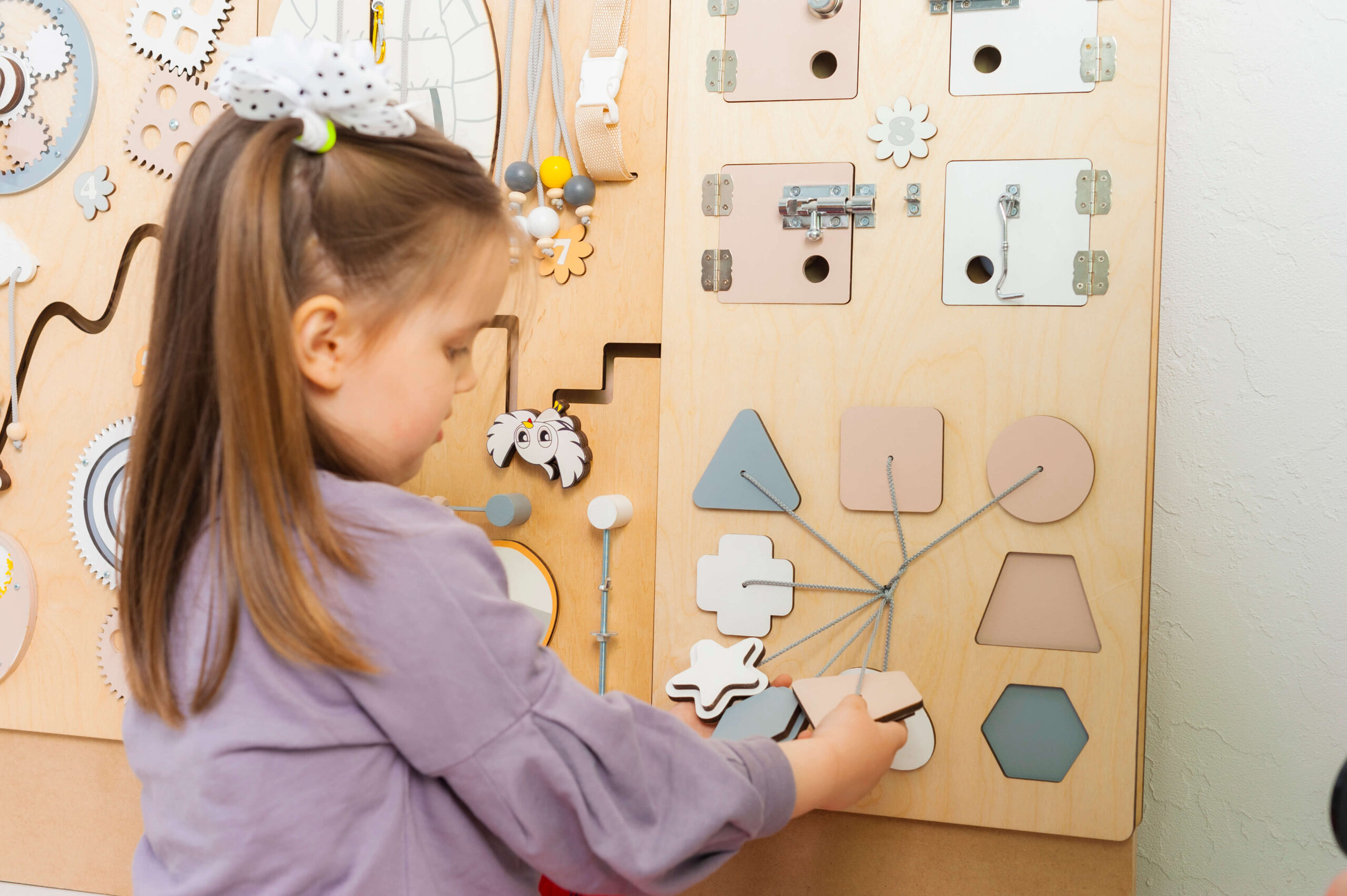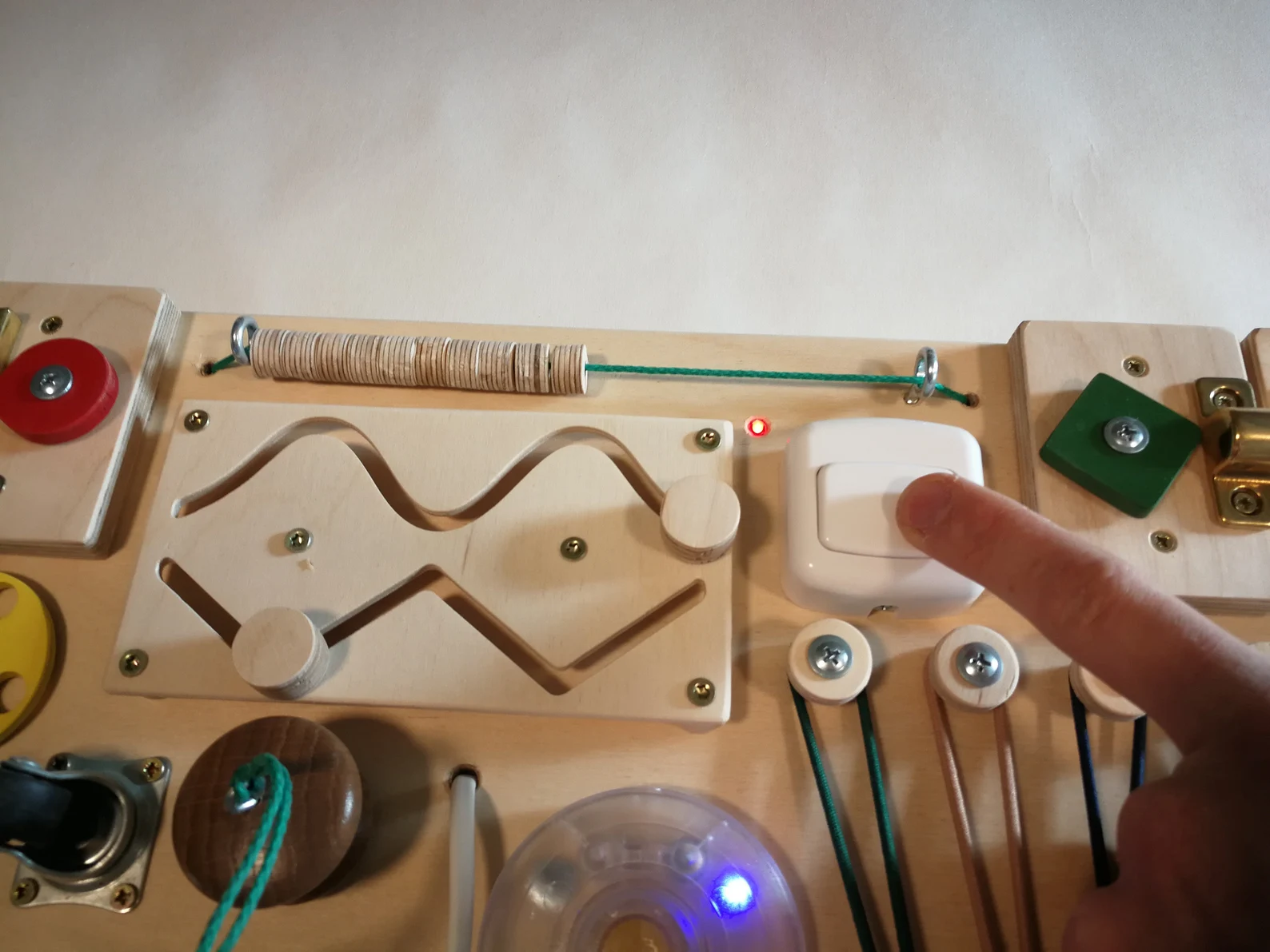Blog
Choosing the Right Target Busy Board for Every Age Range
In an era when early childhood development is of paramount importance, busy boards have emerged as an effective tool for engaging the curious minds of toddlers and young children. These interactive and educational boards offer a myriad of activities designed to stimulate fine motor skills, problem-solving abilities, and sensory exploration. However, with a plethora of options available in the market, choosing the right busy board for each age group can become a daunting task. This blog post aims to elucidate the distinct features of busy boards suitable for various age ranges, helping parents and caregivers make informed decisions to foster optimal developmental growth.

Understanding Busy Boards
Busy boards, also commonly referred to as activity boards, are tactile learning resources that typically incorporate various objects, textures, and interactive elements. They are designed to captivate children’s attention and promote their cognitive and motor skills through exploration and play. These boards often feature a combination of latches, switches, buttons, zippers, wheels, locks, and other manipulable components that encourage children to engage their senses and hone their dexterity.
The pivotal aspect of busy boards lies in their capability to cater to the developmental milestones of children, ensuring that each age-appropriate design fosters critical skills while maintaining an element of fun.
Selecting a Busy Board for Infants (0-12 Months)
When it comes to infants, safety is paramount. Busy boards for this age group should be crafted from non-toxic materials devoid of sharp edges and small parts that could pose a choking hazard. Boards designed for infants should prioritize sensory exploration and visual stimulation.
Key Features:
- Soft Textures: Incorporating various fabrics like fleece, silk, or scrunchy materials can invite tactile exploration.
- Bright Colors and Patterns: High-contrast colors and engaging patterns can attract infants’ attention and enhance visual tracking.
- Large, Safe Elements: Features such as oversized buttons or soft velcro can encourage infants to engage without the risk of injury.
- Noise-Making Pieces: Incorporating sound elements, such as crinkly fabric or gentle rattles, can enhance auditory development.
Recommendations:
Some founders of busy boards produce designs specifically for younger babies, featuring sensory panels that allow for safe exploration with all elements firmly secured.

Engaging Toddlers (1-3 Years)
As children transition into the toddler years, their growing curiosity drives them to explore their surroundings with greater intent. Busy boards for this age range should offer increasingly complex activities that challenge their burgeoning cognitive and fine motor skills.
Key Features:
- Manipulatives with Purpose: Introduce latches, locks, zippers, and buttons that toddlers can manipulate to develop hand-eye coordination and problem-solving skills.
- Interactive Elements: Incorporating gears, wheels, and levers that move can captivate toddlers’ attention while enhancing their understanding of cause and effect.
- Sorting and Matching Games: Integrating sections for sorting shapes or colors can promote cognitive growth and enhance critical thinking.
- Safe and Durable Materials: As this age group tends to exhibit more vigorous interactions with their toys, sturdy and high-quality materials are essential to withstand wear and tear.
Recommendations:
Look for busy boards that are specifically marketed for toddlers. These will often have more advanced activities that promote exploration while ensuring safety.

Engaging Preschoolers (3-5 Years)
By the time children reach preschool age, they are equipped with the basic skills necessary for more sophisticated play. Busy boards for this age range can present a wider variety of challenges, as children are ready to explore concepts such as sequences, patterns, and spatial awareness.
Key Features:
- Complex Problem-Solving Tasks: Boards that include mazes, puzzles, or multi-step activities will further engage preschoolers’ logical thinking and reasoning abilities.
- Role-Playing Elements: Introducing elements that encourage imaginative and role-based play, such as doors with keys or mini cars for racing tasks, can enhance cognitive and social skills.
- Artistic Components: Allowing space for drawing, color mixing, or other creative expressions on the busy boards can overall contribute to fine motor development through creative avenues.
- Thematic Activities: Busy boards with themes (e.g., transportation, nature, or community) can promote both imaginative play and knowledge acquisition.
Recommendations:
Select boards that encourage thematic learning and have the potential for cooperative play, thus fostering social skills when used in group settings.

Busy Boards for School-Aged Children (5+ Years)
Although typically associated with younger children, busy boards can also be beneficial for school-aged children, particularly those with special educational needs or in therapeutic contexts. For this age group, busy boards can be transformed into tools for academic reinforcement alongside playful engagement.
Key Features:
- Educational Focus: Incorporating elements like math problems, spelling games, or simple science experiments can enhance essential skills aligned with school curricula.
- Life-Skill Development: Boards that focus on everyday tasks, such as tying shoelaces, setting timers, or organizing items, can help children gain independence.
- Encouraging Exploration: Offering opportunities for children to build and create can promote STEM learning through imaginative builders or technology-based projects.
- Collaboration Opportunities: Designing busy boards that can be used with peers encourages teamwork and collaborative learning.
>>>Read more: Unlock Your Child’s Motor Skills with a Fun Montessori Activity: Gluing work
Recommendations:
Choose busy boards that are modular or adaptable, allowing older children to customize and engage in more complex tasks that cater to their interests.
Conclusion
Selecting the right busy board is a crucial endeavor in nurturing a child’s development across various age ranges. Understanding the unique needs and capabilities of each stage allows parents and caregivers to make informed choices that promote active engagement and learning. As children navigate their developmental journeys, busy boards can serve as invaluable resources that ignite creativity, foster learning, and support essential skill-building while promoting joy in the learning process. Whether for infants, toddlers, preschoolers, or school-aged children, the right busy board promises to be a cherished companion on the path to growth and discovery.
